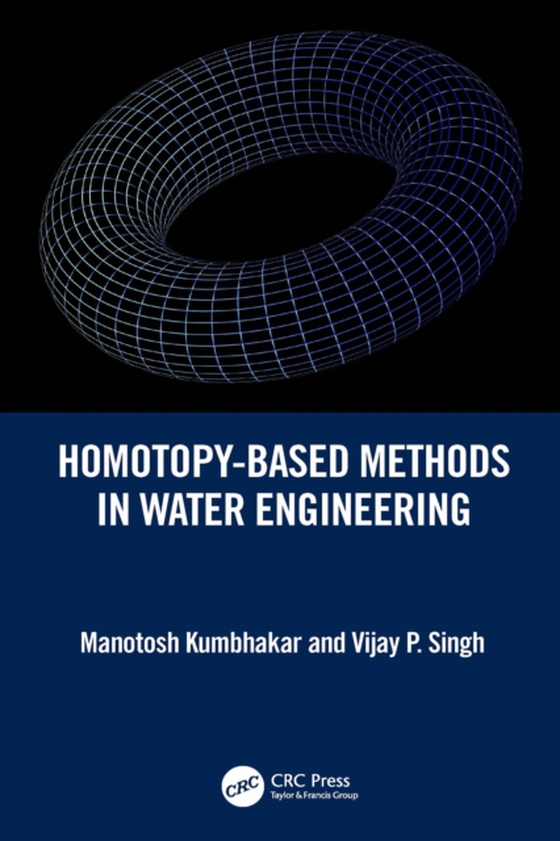
Homotopy-Based Methods in Water Engineering e-bog
802,25 DKK
(inkl. moms 1002,81 DKK)
Most complex physical phenomena can be described by nonlinear equations, specifically, differential equations. In water engineering, nonlinear differential equations play a vital role in modeling physical processes. Analytical solutions to strong nonlinear problems are not easily tractable, and existing techniques are problem-specific and applicable for specific types of equations. Exploring th...
E-bog
802,25 DKK
Forlag
CRC Press
Udgivet
20 juli 2023
Længde
450 sider
Genrer
Hydrology and the hydrosphere
Sprog
English
Format
pdf
Beskyttelse
LCP
ISBN
9781000893359
Most complex physical phenomena can be described by nonlinear equations, specifically, differential equations. In water engineering, nonlinear differential equations play a vital role in modeling physical processes. Analytical solutions to strong nonlinear problems are not easily tractable, and existing techniques are problem-specific and applicable for specific types of equations. Exploring the concept of homotopy from topology, different kinds of homotopy-based methods have been proposed for analytically solving nonlinear differential equations, given by approximate series solutions. Homotopy-Based Methods in Water Engineering attempts to present the wide applicability of these methods to water engineering problems. It solves all kinds of nonlinear equations, namely algebraic/transcendental equations, ordinary differential equations (ODEs), systems of ODEs, partial differential equations (PDEs), systems of PDEs, and integro-differential equations using the homotopy-based methods. The content of the book deals with some selected problems of hydraulics of open-channel flow (with or without sediment transport), groundwater hydrology, surface-water hydrology, general Burger's equation, and water quality.Features:Provides analytical treatments to some key problems in water engineeringDescribes the applicability of homotopy-based methods for solving nonlinear equations, particularly differential equationsCompares different approaches in dealing with issues of nonlinearity
 Dansk
Dansk

